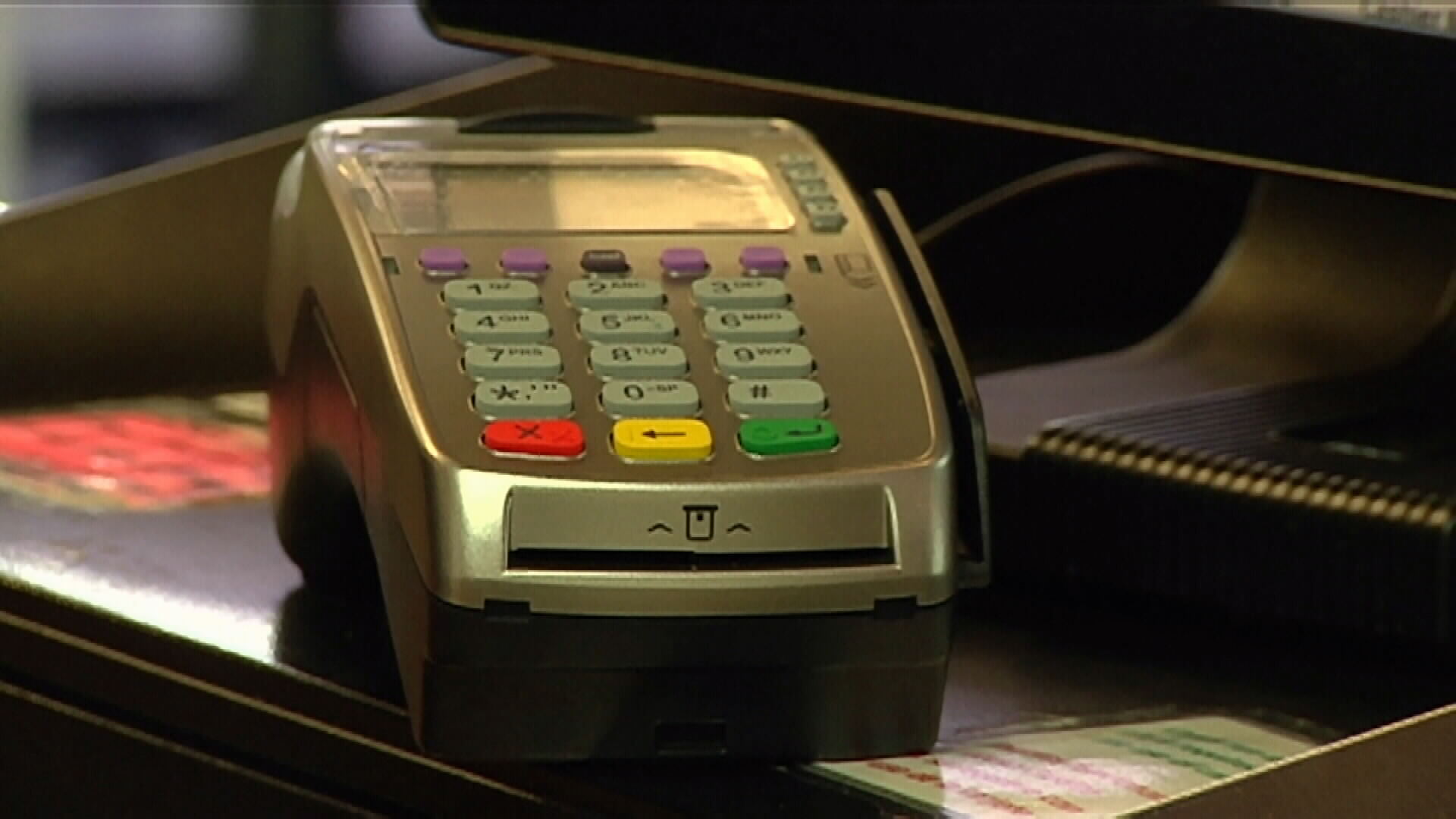The way that technology has transformed the way we all shop is easy for you to see for yourself. It isn’t just that today you can seek out the lowest prices by just going online and checking a few comparison sites or forums, it’s the fact that reviews and feedback is there for all to see, and that can really affect the way you make a decision about a purchase. Social media can be a danger to brands because bad news travels fast, but by the same token Ecommerce offers so many opportunities for markets that the good always outweighs the negatives.
Retail world take-over
It isn’t hyperbole to say that the world of retail has really been taken over by the internet, online shopping and Ecommerce in general. this means that retailers are constantly looking for ways to satisfy the new needs of shoppers and deliver high levels of customer service across several different platforms at the same time. Far more than that, there really has been a world take-over too, because the internet has brought the globalized marketplace into the homes of everyone, and if you have a modern smartphone with a good cell connection it is even in your pocket too.
Reaching out
The challenges that the new technology brings for businesses are many fold, and one of the main questions retailers have to face is how best to go about making their websites to be as fast and efficient as the very best of their competitors. The speed of interaction today is a big part of having a successful Ecommerce marketing strategy, as you probably know only too well yourself. If a website hangs or is slow to load, you’ll probably just click away to a competitor. If another retailer’s site doesn’t really work on a small screen device, you’ll favor one that has taken the time to make sure their own web presence is mobile-friendly. However, it is in reaching out to potential and existing customers that the real success or failure of a marketing approach will ultimately lie.
Platforms
There are now so many different touchpoints for customers, be they mobile, traditional website, physical in-store or social media networks, that brand consistency can be both a problem and a blessing. Consistent delivery across each platform is vital to get brand values across and this means paying attention to the way different demographics will be more likely to interact. For some this can simply come down to making sure that access is granted 24/7 and that real time communication with customers is possible on the terms that they, not the business, dictates. For others it may mean treading a difficult path between using more traditional forms of marketing alongside the new paradigms.
Blending
Online marketing can be blended with traditional marketing channels with great success, and one of the best examples of this in action is the way As Seen on TV make themselves stand out from competitors by presenting an all-inclusive approach. Their brand model works because it doesn’t alienate existing customers by forcing them into behaviors which they might not be used to, and at the same time it encourages different demographics to get involved by utilizing more modern methods which seamlessly tie into an existing model. The end result is that no one feels excluded and everyone is included, thereby creating the largest possible market base for any particular campaign.
Changing times
The existence of multiple touch points for consumer contact means that the old ways of top-down controlled retailing is a thing of the past. Today the customer really is always right, because they are choosing the ways in which they want to shop and so the power has shifted quite dramatically in their direction. Small individual interactions are the future of retail rather than the old ‘cram them in’ approach to mega-malls and out of town superstores. An understanding of the fact that a successful use of social media isn’t just about managing negative comments is key for any retailers that wants to fully engage with the way things are moving forward. Technology has opened up a two-way channel of communication for consumers but also given them the chance to take an active part in brand activity and promotion. Whether this means the public actually get to influence the creation of a marketing campaign or simply act as a feedback mechanism for tweaking it, social media should be seen by businesses as a development tool for their marketing needs.











